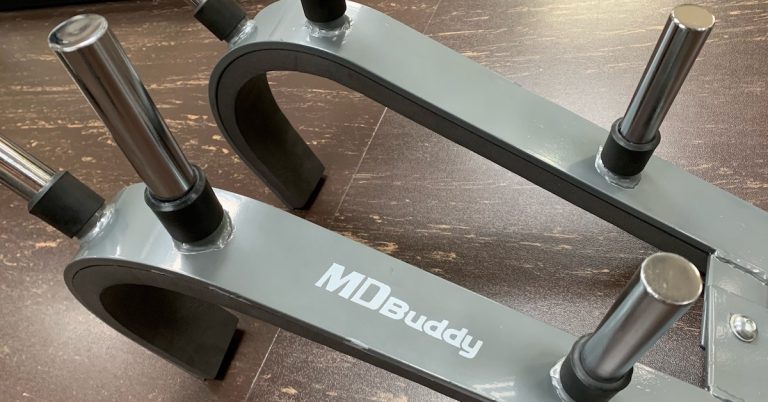Give the average guy and gal a weight to curl that represents 70% of their maximum, and Jane will do more reps than Joe every time. In general, individuals with a greater slow-twitch muscle fiber makeup like females and endurance athletes can perform more reps at any given intensity. It makes sense and there’s research to back it up. Take a look at the following tables:
| Endurance capacity of untrained males and females during bilateral elbow flexion. Based on Maughan et al., 1986. | ||
| FEMALES | MALES | |
| Intensity (%1RM) | Reps | Reps |
|
90 | 3.7 | 3.5 |
| 80 | 9.1 | 8.0 |
| 70 | 17.0 | 12.0 |
| 60 | 33.3 | 20.0 |
| 50 | 66.5 | 34.8 |
| Comparison of Leg Press Performance Between Endurance and Weightlifting Groups Based on Richens & Cleather, 2013. | ||
|
ENDURANCE GROUP |
WEIGHTLIFTING GROUP | |
| Intensity (%1RM) | Reps | Reps |
|
90 | 10.8 | 7.0 |
| 80 | 19.8 | 11.8 |
| 70 | 39.9 | 17.9 |
As you can see, a greater discrepancy occurs at lower intensities. What the research does not show, however, is that at moderate to high intensities, the performance of females and endurance athletes can drop dramatically with a standard increase in loading (due to lower absolute strength levels). Here’s a real-world example:
Let’s say the average Jane can do 12 reps of arm curls with a pair of 15 lb dumbbells and the average Joe can do 12 reps with 30 lb dumbbells. Well, the dumbbells in many gyms go up in 5 lb increments. Increasing the weight by just 5 lb on this exercise can produce very different results between females and males. You can count on one hand how many reps Jane will be able to perform with the 20 lb dumbbells; whereas, Joe should be able to do around 8-10 reps with the 35 lb dumbbells.
Of course, we’re not exactly comparing apples to apples. Going from 15 lb to 20 lb is a 33% increase, but going from 30 lb to 35 lb is only a 17% increase. The absolute amount may be the same (i.e., 5 lb), but the relative amount is different (33% vs 17%). In other words, Jane is working at a much higher %1RM than Joe. This is a situation that you are likely to face so how do you deal with it?
Enter the PlateMate
Adjusting the load in small increments is known as microloading. The PlateMate is a great tool for this purpose. It’s a strong magnet that attaches to a metal dumbbell or weight plate, and it allows you to increase the load in small increments from 5/8 lb to 5 lb.
So you can add two 1.25 lb PlateMates to the 15 lb dumbbell for a total of 17.5 lb. If that’s too much, go with two 5/8 lb PlateMates to give you a load of 16.25 lb. And if that’s still too much, use only one PlateMate on one side of the dumbbell. Of course, the weight will be a little heavier on that side of the dumbbell so you can offset the grip toward that side to balance it out.
Then again, you can offset the grip away from the PlateMate so that there is significantly more weight on one side of the dumbbell than the other. This method of loading can be useful to target specific muscle fibers. Tomorrow I’ll show you one way to do it with arm curls and triceps extensions. It’s a method that I use often with clients.

Why I Retired My Oura Ring: Navigating the Pitfalls of Orthosomnia and Wearable Tech
In the quest for optimal health, many of us turn to technology for insights, and the Oura Ring has been

Meet my New Fitness Buddy
The front squat is a fundamental exercise that everyone should incorporate into their routine, yet not everyone can execute it

Keeping Up with Current Research (December 2023)
Research is a valuable tool for health and fitness professionals, providing insights to stay ahead in the field. Here are
follow
Error: No feed with the ID 2 found.
Please go to the Instagram Feed settings page to create a feed.
